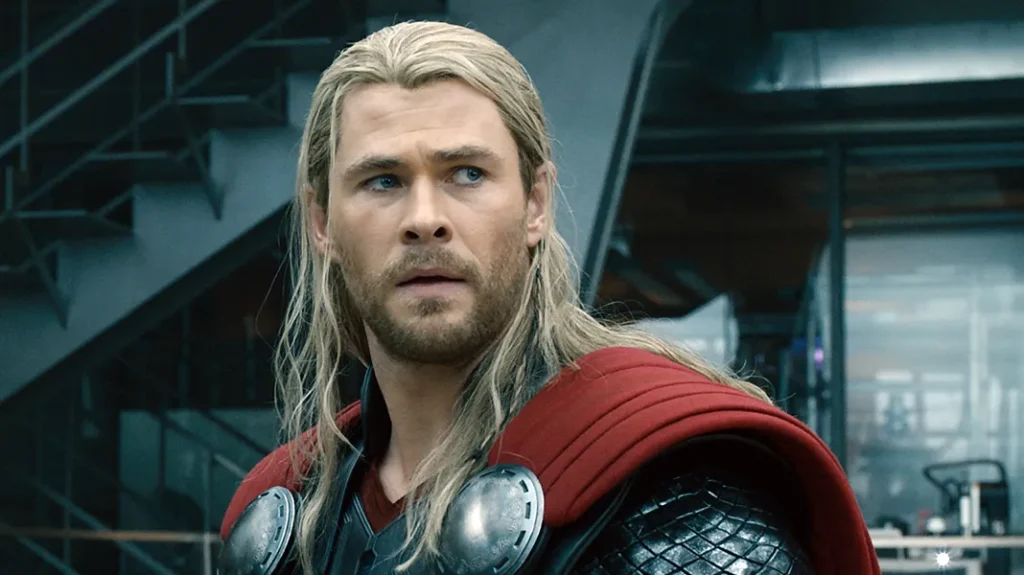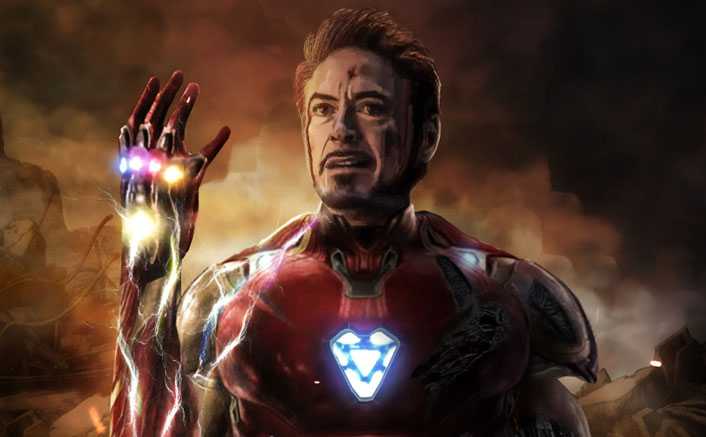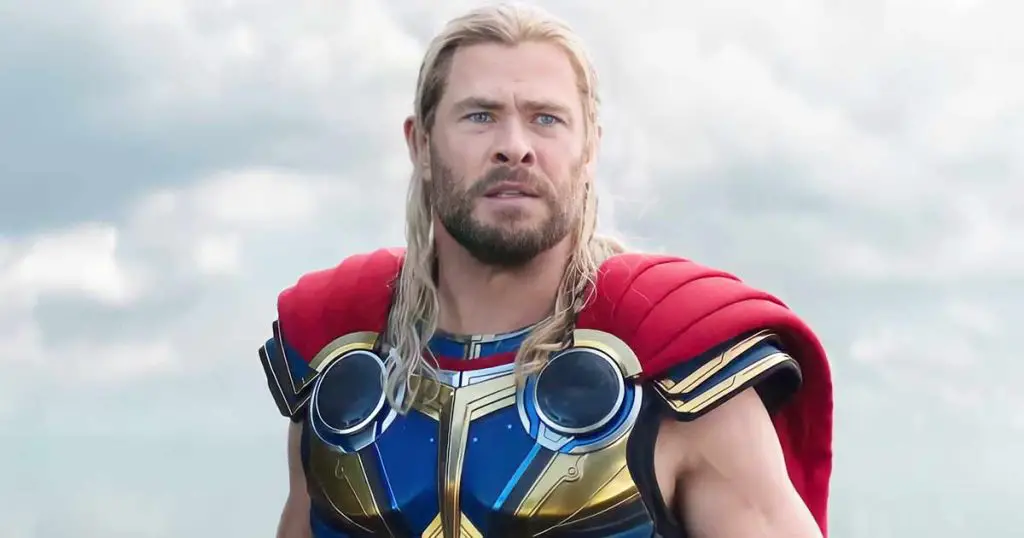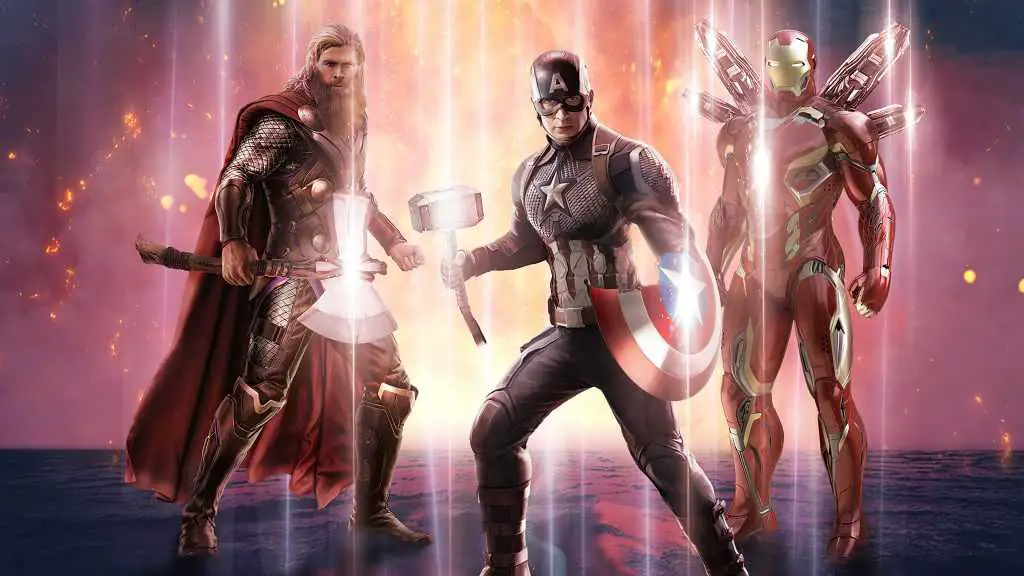Introduction
In the Marvel Cinematic Universe (MCU), a single snap can mean the difference between life and death for half of all living creatures. The power of the Infinity Stones, once wielded by Thanos, passed through the hands of our favorite Avengers in an attempt to reverse the Mad Titan’s disastrous actions. However, when the moment of truth arrived in “Avengers: Endgame,” it was not Thor, the God of Thunder, who took the snap — it was Tony Stark, the man in the Iron suit. This article delves into why Iron Man really stopped Thor from doing the snap, a decision that resonates deeply with the characters, the plot, and the audience alike.

Avengers: Endgame — Why Iron Man Really Stopped Thor From Doing The Snap
Understanding the decision that led to Iron Man stopping Thor requires a closer look at the characters’ mental states and motivations during this key moment in the movie.
Thor’s Turmoil
Thor, the demi-god, was more than physically capable of wielding the power of all six Infinity Stones. After all, his robust Asgardian physique and extraordinary strength had been proven time and again throughout the MCU’s illustrious history. Yet, despite his physical prowess, there was a crucial element that made him unsuitable for the snap: his mindset.
In “Avengers: Endgame,” we saw a version of Thor haunted by guilt and tragedy, a stark contrast from the confident and stoic hero we knew from earlier films. His character underwent one of the most emotionally complex journeys in Phase Three of the MCU, culminating in a loss of confidence and a profound desire to atone for his past mistakes. His emotional instability and mental turmoil, stemming from his failure to stop Thanos in “Avengers: Infinity War,” made him a risky choice for performing the snap. Even though he was the first to step up to the plate when the time came, the Avengers collectively decided that he was not the right man for the job.

Tony Stark’s Determination
On the other hand, we have Tony Stark, who initially refused to be involved in the time heist, not out of skepticism, but because he didn’t want to risk the life he had built over the past five years. Tony was keenly aware of the importance of the wielder’s mindset when using the Infinity Stones. He understood that it wasn’t merely the act of snapping that activated the power of the Stones, but the clear intent and directive from the wielder’s mind. Given Thor’s unstable mental state, Tony feared that allowing him to do the snap might jeopardize their only chance of using the Stones effectively1.
Stark’s Suit and Thor’s State of Mind
Tony Stark’s concerns about Thor’s state of mind were not unfounded. The effects of the snap come from the mind, not the raw power of the Infinity Stones. While Thor’s physical strength was undeniably superior, his mental state was a significant barrier. Despite his desire to atone for his perceived failures, Thor was not in the right frame of mind to control the Stones effectively. In contrast, Hulk, who had achieved a balance between his genius scientist and hulking rage monster personas, was deemed a safer bet.
Moreover, Tony’s apprehensions also extended to the potential implications of Thor doing the snap. A successful snap would have boosted Thor’s pride, yes, but it also could have compromised the ultimate goal of “Avengers: Endgame”: restoring things to the way they were before Thanos’ snap.
The Impact of Thor’s Emotional Journey
While we focus on the crucial moment of the snap, we must not overlook the emotional journey that led Thor to that point. Before “Avengers: Endgame,” Thor would have been the heroes’ unanimous choice for the snap, being both physically and mentally equipped for the task. However, his failure to stop Thanos in “Infinity War” and the ensuing guilt and loss of confidence complicated his emotional state, making him less ideal for the task at hand.
Thor’s emotional journey reminds us that heroes, despite their superhuman abilities, are not immune to mental health issues. His struggle resonates with many viewers, adding a layer of emotional depth to the storyline that extends beyond the high-stakes battle scenes.
FAQ
1. Could Thor have survived the snap in “Avengers: Endgame”?
Yes, Thor, being a demi-god, could have survived the snap, given his immense physical strength and ability to wield all six Infinity Stones simultaneously.
2. Why did Iron Man stop Thor from doing the snap?
Iron Man stopped Thor from doing the snap because he was concerned about Thor’s mental state. Tony Stark understood that the wielder’s mindset, not just their physical strength, plays a critical role in effectively using the Infinity Stones. Given Thor’s emotional instability, Tony feared that he might not be able to control the Stones effectively.
3. What was Thor’s mental state during “Avengers: Endgame”?
In “Avengers: Endgame,” Thor was in a state of emotional turmoil. Haunted by guilt and tragedy, he was grappling with his failure to stop Thanos in “Infinity War.” His loss of confidence and desire to atone for his past mistakes made him emotionally unstable.
4. Why was Tony Stark initially hesitant to join the time heist?
Tony Stark was initially reluctant to join the time heist because he didn’t want to risk losing the life he had built over the past five years. He had a semblance of a normal family dynamic for the first time and was unwilling to jeopardize it.
5. Who ended up doing the snap in “Avengers: Endgame”?
In “Avengers: Endgame,” it was Hulk (or rather, Smart Hulk) who ended up doing the snap. He was deemed a safer choice given his balance between being a genius scientist and a powerful creature.

Conclusion
In the grand tapestry of the Marvel Cinematic Universe, the moment in “Avengers: Endgame” where Iron Man stopped Thor from doing the snap is a pivot point, a crossroads of character arcs, and a testament to the nuanced storytelling that has defined the franchise. Thor, the God of Thunder, physically capable and once the epitome of confidence, is stopped in his tracks by Iron Man, not for lack of strength, but for the turmoil in his heart and mind.
The decision to let Hulk do the snap instead of Thor isn’t just about who has the physical strength to survive the snap — it’s also about who has the emotional stability to ensure the snap achieves its intended purpose. This moment underscores the fact that our heroes are more than their superpowers, they are their experiences, their emotions, and their states of mind.
As we unravel the reasons behind Iron Man’s decision to stop Thor, we also delve deeper into the psyche of these beloved characters. It shows us the guilt-ridden Thor yearning for redemption, the cautious Iron Man prioritizing the overall goal over individual heroism, and the collective wisdom of the Avengers who understand the weight of their actions.
In essence, this singular moment in “Avengers: Endgame” — when Iron Man stops Thor from doing the snap — is a microcosm of the complex, layered storytelling that makes the MCU such a globally beloved franchise. It reminds us that while the Avengers might be superheroes, they are also human (or demi-gods) dealing with the same emotions and struggles we all face, making them relatable and their stories compelling.
So, whether you’re a die-hard Marvel fan or a casual viewer, remember this — every decision, every action, every moment in these films carries a weight and a meaning. And that’s the beauty of it all.


